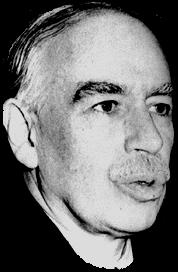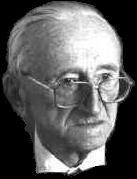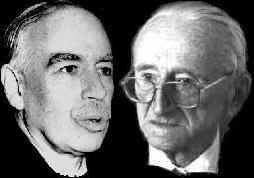|

John
Maynard Keynes
|
Keynesian
Circular-Flow Analysis
The
notion of a circular flow (of income and expenditures) is developed
to illustrate
the Keynesian vision of an inherently unstable market economy. Tracking
income and expenditures graphically helps to concepualize the
(perverse) market mechanisms that take the economy from an
initial
state of
full-employment into deep depression and back again---and
then into an inflationary sprial. In Keynes's judgment, stability and
prosperity require pro-active fiscal policy, i.e., discretionary
spending and taxing.
|

Friedrich
A. Hayek |
Hayekian
Means-Ends Analysis
In the Hayekian vision, an explicit recognition of the time element in
economic activity leads to a means-ends reckoning of production and
consumption. The market rate of interest keeps production in line
with people's willingness to save and allows for
sustainable economic growth. Accordingly, overriding the market rate
with a lower, growth-inducing rate steers the economy
onto an unsustainable growth path. The unsustainability manifests
itself as the boom and bust phases of the business cycle.
|

Keynes
vs. Hayek
|
Comparative
Macroeconomic Frameworks
The circular-flow framework and the means-ends framework are
graphically juxtaposed to reveal the essential differences between
Keynesian and Hayekian theorizing. For Keynes, saving (which is simply
the absence of spending) dampens economic activity generally. For
Hayek, saving (which can serve to finance investment) is a prerequisite
to economic growth. Replacing Keynes's view of saving with Hayek's
allows the whole Keynesian framework to morph into the Hayekian
framework.
|
|
|